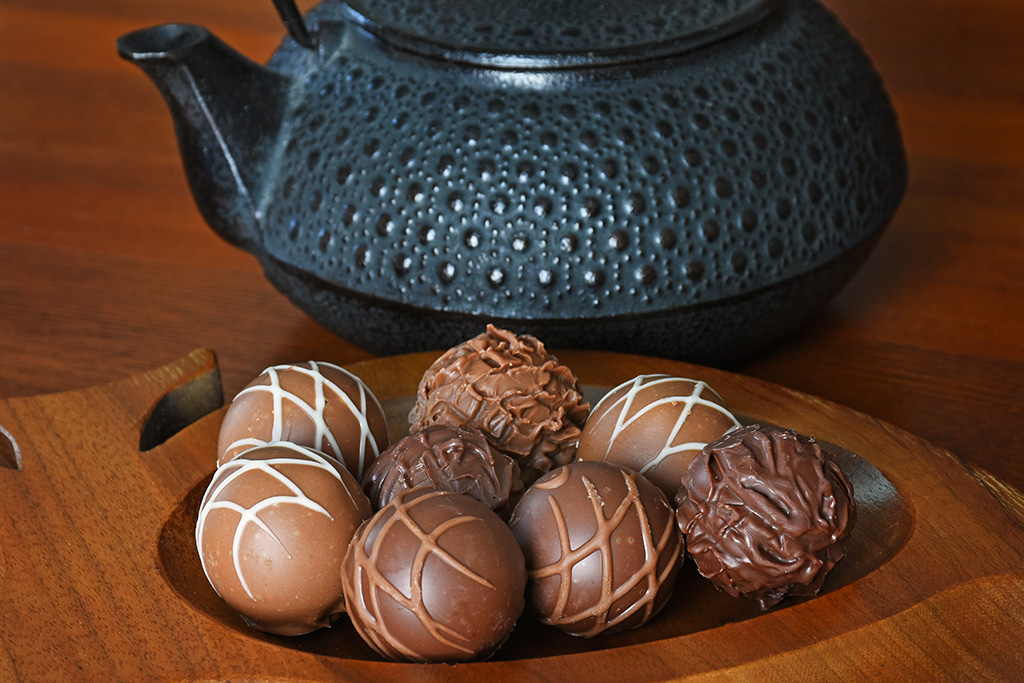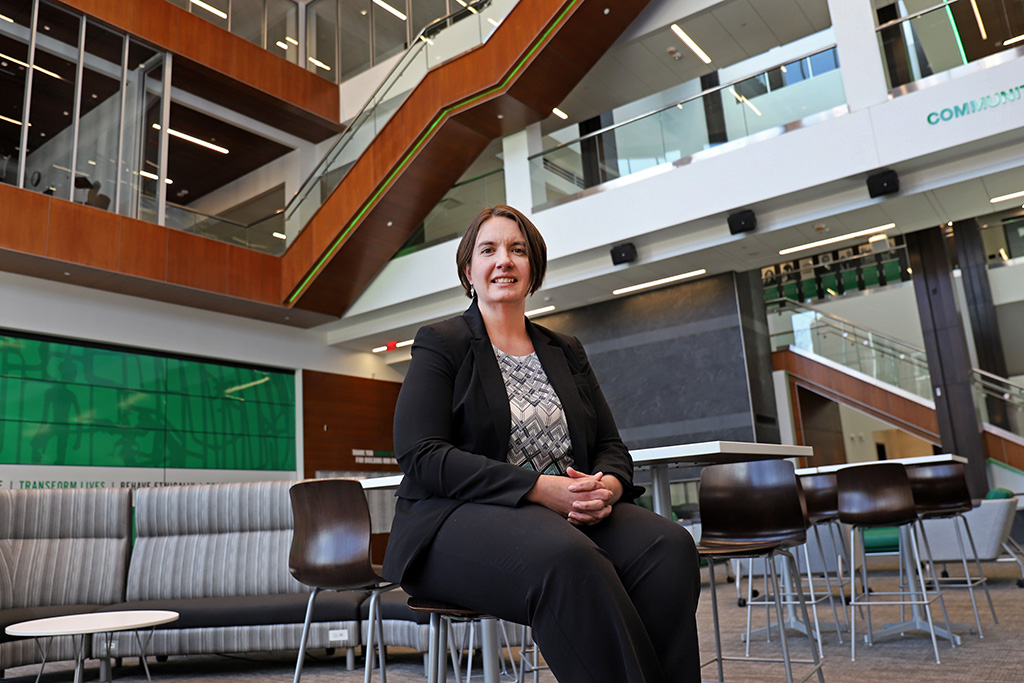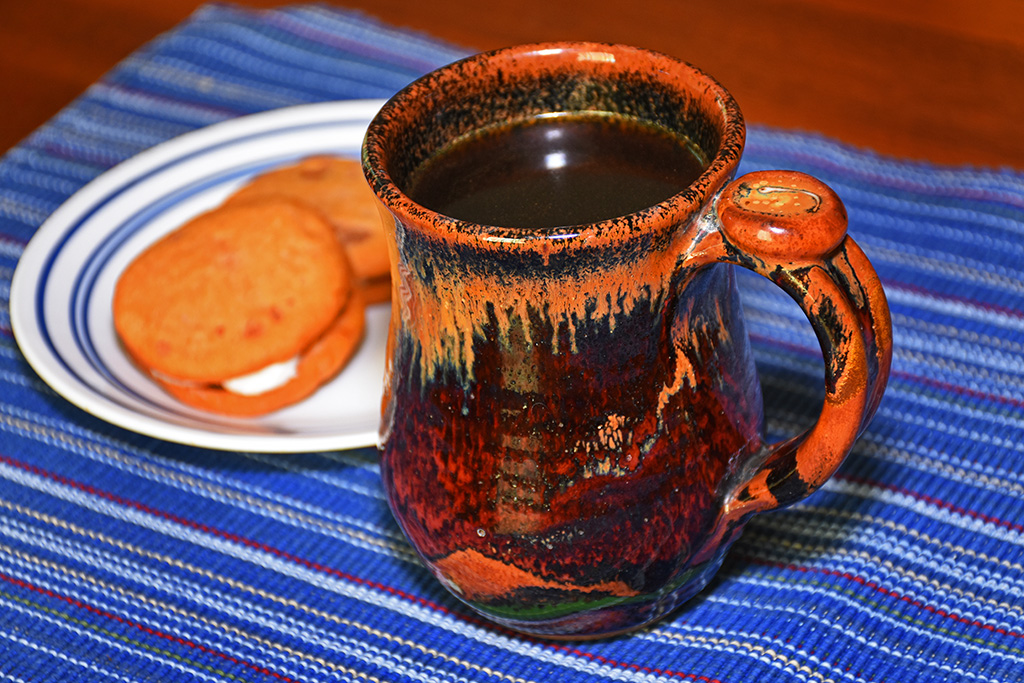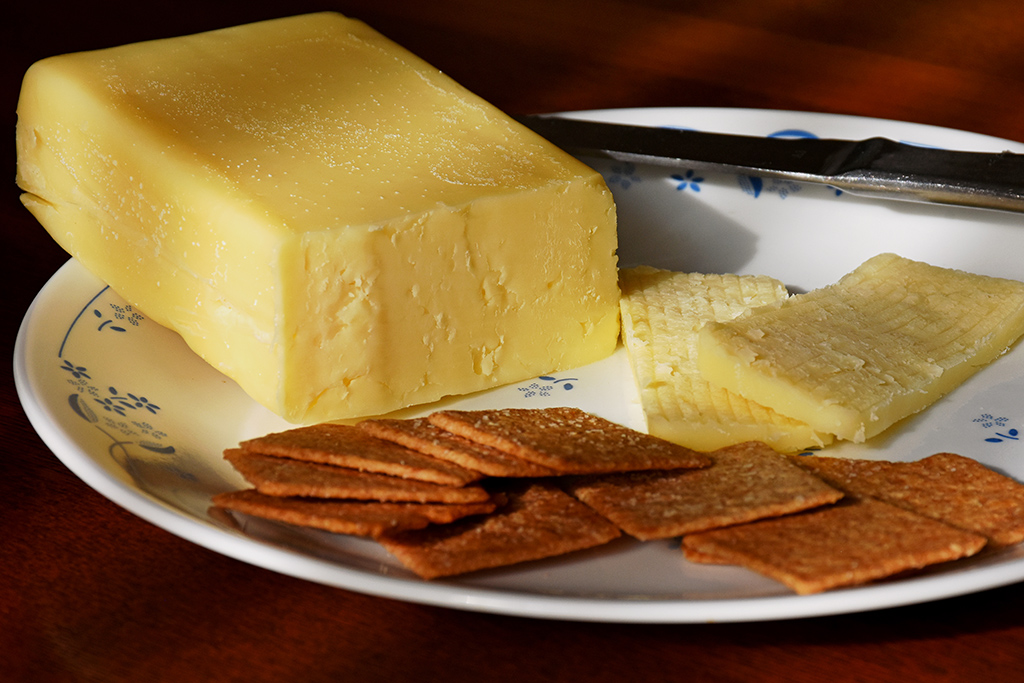New and improved, but does it taste good?
UND researcher co-authors marketing study that suggests how to improve taste testing

If beauty is in the eye of the beholder, is delicious on the tongue of the taster?
It depends on who’s taste testing a product and what they know about it, according to a newly published marketing research paper co-authored by Jennifer Stoner, UND associate professor in the Nistler College of Business & Public Administration, and Maria Rodas, assistant professor at the University of Illinois at Urbana-Champaign.
When companies develop new or improved food products, they often rely on participants who are told nothing about the product they’re trying, a process intended to determine whether it’s something consumers will like and buy. But a better way might be to have “food fans” perform taste tests after being cued about the brand.
Accuracy in tasting
“It would be a more accurate judgment of what the product is actually like and what consumers are going to taste when they get it home,” Stoner said. “There’s a better match that provides more accurate market research, which leads to designing a better product and more sales. Consumers wouldn’t feel like they’ve been misled.”
In their study “Love is blind: the ironic effect of fans’ experience on taste perception,” recently published in “Marketing Letters” on the Springer Link website, Stoner and Rodas suggest a better method to determine what consumers really prefer.
“Everyone assumes that if you are a chocoholic, then you should be able to tell exactly what the chocolate you just ate was like and how it compares to other chocolate,” Stoner said. “Our research says that’s not actually the case at all.”

For example, Stoner recalled a conference at which she spoke to a “coffee lover” who couldn’t remember anything noteworthy about the cup of coffee she just drank.
“That’s a pretty good example of how we mindlessly consume some things without paying attention to what they actually taste like,” she related.
The research revealed that taste testers in blind taste tests are less likely to accurately report their judgment about the food item they love.
“It’s because they are so used to consuming the product that they do so automatically and, thus, mindlessly,” Stoner explained. “This is important because a lot of marketing managers use blind taste testing for new products, and our paper suggests the findings of such research may be misleading.”
Fans of food
What Stoner and Rodas discovered in their research is that in between food experts and novices – those who either don’t like a product or know anything about it – is a third group: food fans.
“A fan is someone who’s not really an expert or a novice,” Stoner explained. “They drink or eat something a lot, but they may not actually know the correct way to eat or drink it or even where it’s produced.”
To find a name for this new category of tasters, Stoner went to a familiar source, her mother, an avid reader who offers good advice on wording and helps with editing her daughter’s papers.
“I asked her what she’d call these people,” Stoner recalled. “She said, ‘I think you would call them fans.’ We dug into the literature and found that ‘fans’ is really the correct term.”

What’s the difference between food fans and foodies?
“Foodies are probably more like fans.” Stoner said. “However, their interest is usually broader in that they typically would try many different interesting or novel foods, not just chocolate or coffee,” she said. “They are more of a fan of the activity itself.”
Stoner says food fans should be used for taste testing and given cues about what they’ll be tasting, such as whether the product contains less sugar or a stronger taste.

“Our research is especially interesting to marketing researchers because they tend to recruit heavy purchasers of whatever the product is to do blind taste testing,” Stoner said. “That might not actually be the best method because these people are consuming the product automatically and might not necessarily be able to record what it tastes like in their brains.”
This effect can be “turned off” by providing cues to testers that they’ll be tasting something new. A cue can range from a new brand description to a picture of the unfamiliar product’s packaging.
“That’s enough to signal that it’s something new they’ve never tasted before,” Stoner said. “They pay attention to what it actually tastes like. In the description, there’s nothing about it being stronger or super-sweet or anything like that. It’s more about what the advertising looks like or where it’s sold.”
Perception is reality
The power of suggestion alone makes a difference in how a taste tester perceives a product.
“A lot of our senses are really malleable, meaning they can change for a variety of reasons,” Stoner explained. “Taste is one of the most malleable senses. The color of the cup or the lighting in the room can change your taste perception.”
During a coffee taste test set up in UND’s Gamble Hall, Stoner and Rodas also learned that attracting coffee fans only was more difficult than expected. Even though there was a sign asking, “Do you like coffee?” and the prize for participating in the test was a gift card to a local coffee house, many non-coffee drinkers decided to “help.”

“When we looked at the survey results, we decided we had to throw those people out,” Stoner said. “Down the road, this might be an area of study, but for this one, it was causing confusion because the effect is not the same between fans and non-fans ”
Stoner and Rodas began their research in 2015 while studying in the doctoral program at the University of Minnesota. They began by having students taste test strong and mild cheddar cheese. Their research – recently completed – was interrupted by the job search process at the end of their doctoral studies and the COVID pandemic.
The marketing research project was funded through the Morrison Faculty Fellowship, named after the late Dale Morrison, a UND graduate who held high-level positions at General Foods, PepsiCo, Campbell Soup Co. and Pepperidge Farm. In 1997, he was named president and CEO of Campbell Soup.



